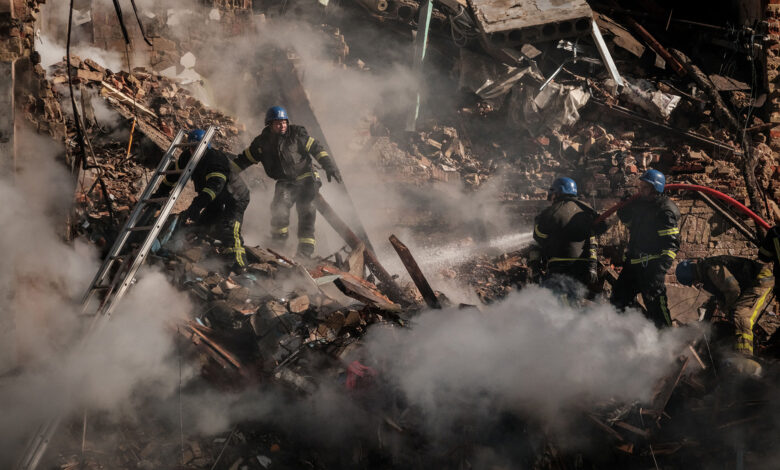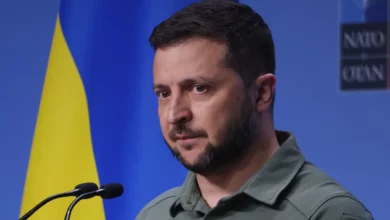
Iran appears to be modifying the attack drones that it’s providing to Russia so that the explosive warheads can inflict maximum damage on infrastructure targets inside Ukraine, according to a new investigative report obtained exclusively by CNN.
An unexploded warhead from an Iranian Shahed-131 drone found in the Southern Ukrainian region of Odesa in October 2022 was examined last month by the UK-based investigative organization Conflict Armament Research, along with the Ukrainian military. CAR provided its findings first to CNN.
The group’s analysts believe the warheads, which measure just under two-feet long, were hastily modified with poorly fitted layers of dozens of small metal fragments that on impact scatter across a large radius. In addition to the fragments, there are also 18 smaller “charges” around the circumference of the warhead that, when melted by the blast, can pierce armor and create a kind of “360-degree” explosive effect.
The accumulation of those elements essentially maximize the warhead’s ability to shred targets such as power stations, distribution grids, transmission lines and large, high-power transformers. They also make repair efforts substantially harder.
“It’s as though they looked at the finished warhead and said, ‘How can we make this even more destructive?’” said Damien Spleeters, one of the investigators who examined the warhead.
Warheads targeting battlefield assets such as tanks or artillery pieces might be designed differently, Spleeters explained, with a frontal shaped charge that is used for more concentrated targets. The warhead examined by CAR, though, has a radial shaped charge effect, which can result in a larger area of impact.
Some background: Iran has given Russia hundreds of drones to use in its war in Ukraine, many of which have targeted Ukraine’s power grid and energy facilities, leaving civilians without heat, electricity or running water during the freezing winter months. Last month, the Institute for the Study of War found that Russian forces had become increasingly reliant on the drones – so much so that their stockpile of the drones is already running low, just months after Iran began sending them.




